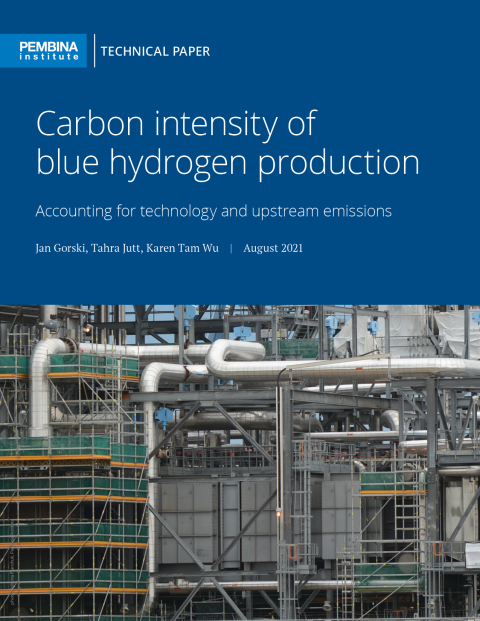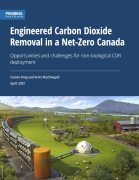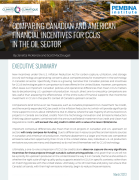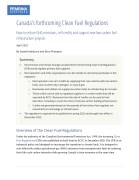There is significant interest in blue hydrogen right now, as governments and industry consider major investments on a pathway to net zero by 2050. It is critical that blue hydrogen’s carbon emissions be accurately measured. New research by the Pembina Institute has found the climate benefits of blue hydrogen vary considerably when the entire life cycle of production, including carbon capture are factored in.
Blue hydrogen is made from natural gas, so the carbon emissions from extraction, production and transportation must be included in all calculations.
Additionally, the carbon capture rate is one of the key determinants of the carbon intensity of blue hydrogen.
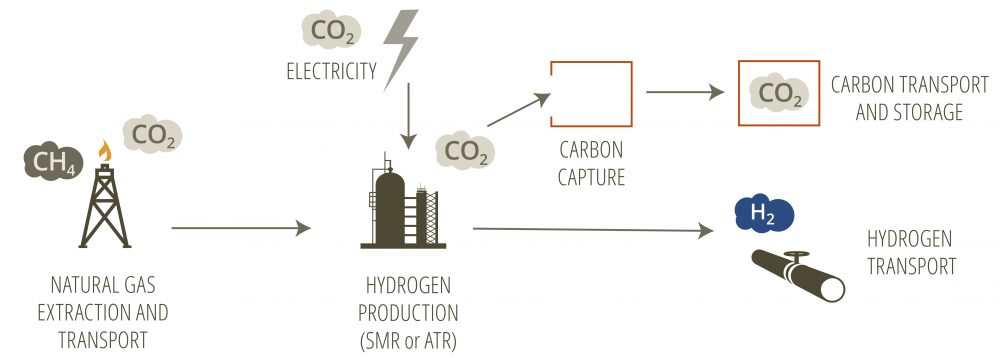
Blue hydrogen production is still a nascent industry. Globally there are only four facilities in operation, including one in Alberta and another three proposed that produce hydrogen from natural gas.
Update (August 23, 2021)
Please note the following revisions were made to the report after initial publication on August 12, 2021:
- Page 6: Figure 3 was updated to reflect the higher heating value for the energy content of hydrogen to be consistent with the higher heating value used for natural gas. The absolute GHG intensities have decreased but the relative intensity between the types of hydrogen production have not changed. A note was also added to clarify that the 100-year global warming potential of methane (34) was used.
- Page 10 (Appendix 1): A note was added to clarify that the 100-year global warming potential of 34 was used, and how the methane gas leak rate was calculated. A discussion on methane sensitivities was also added.
- Pages 12-13: Table 2 was revised to match the updates to Figure 3.
- Page 14: A new Figure 4 was added to show the life cycle carbon intensity of different hydrogen production methods using a methane GWP of 86 (20-year GWP), compared to the GWP of 34 used in Figure 3.

